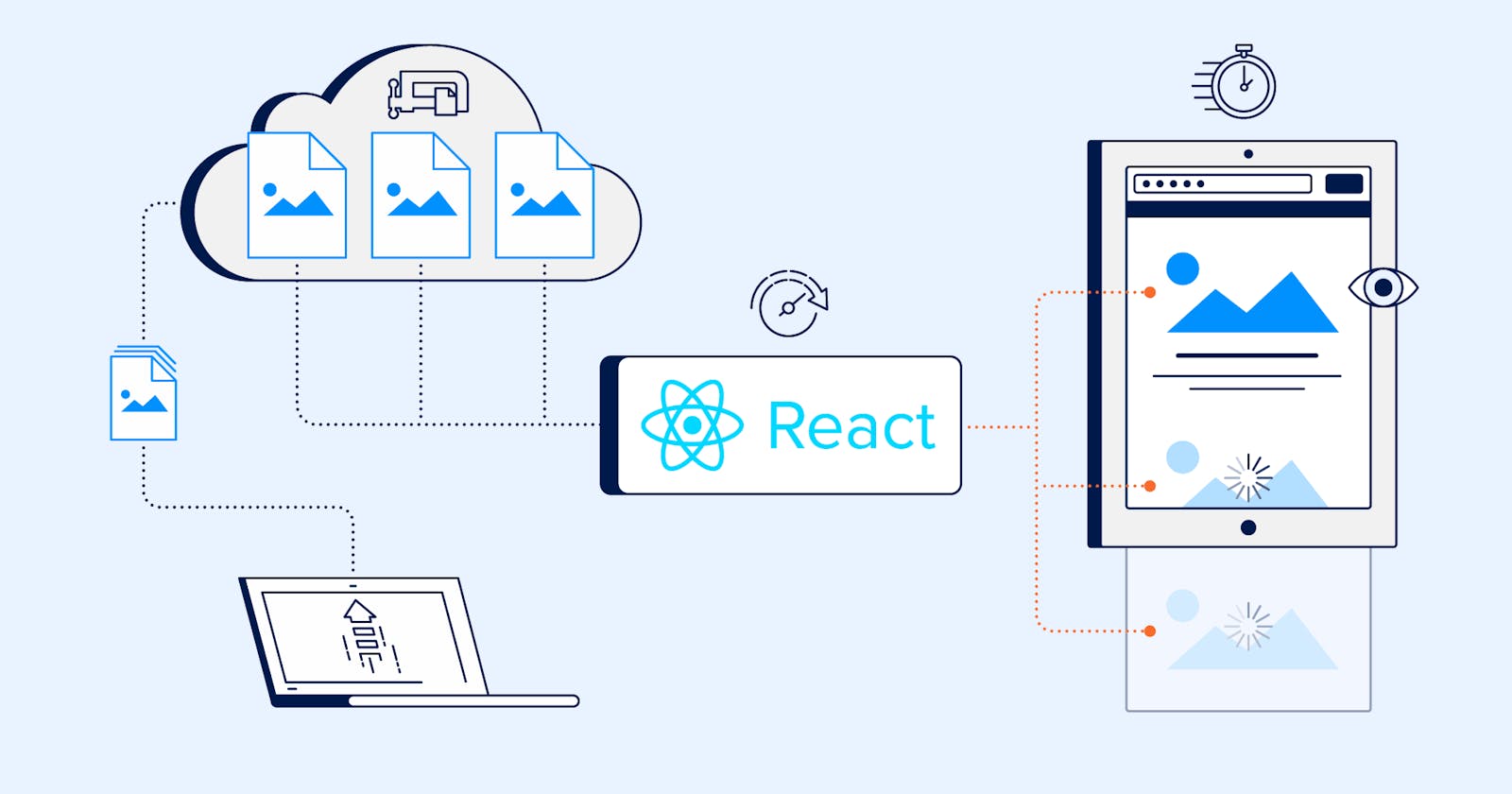Top 10 Reasons to Use Lazy Loading in Your React Application
Improve performance: Lazy loading allows you to only load components or data when they are needed, which can improve the performance of your application by reducing loading times and reducing the amount of data that needs to be processed upfront.
Enhance user experience: Faster loading times and a smoother overall experience can lead to a better user experience for your users.
Save bandwidth: By only loading data when it is needed, you can save bandwidth and reduce the strain on your server.
Simplify code: Implementing lazy loading can simplify your code by breaking it up into smaller, more manageable chunks that are only loaded when they are needed.
Enhance maintainability: By dividing your code into smaller, more focused chunks, it can be easier to maintain and update your application over time.
Improve scalability: Lazy loading can help improve the scalability of your application by reducing the amount of data that needs to be processed upfront.
Enhance SEO: Faster loading times and better performance can improve your search engine rankings and make it easier for users to find your application.
Save development time: Implementing lazy loading can save development time by allowing you to focus on smaller, more focused chunks of code.
Enhance testability: By dividing your code into smaller, more focused chunks, it can be easier to test and debug your application.
Follow best practices: Lazy loading is a best practice for optimizing the performance of your application, and following best practices can help ensure that your application is well-designed and maintainable.
steps by steps
1. Import the lazy function from React
First, you'll need to import the lazy function from React. This function allows you to define a component that will be loaded lazily, meaning it will only be loaded when it is needed.
import { lazy } from 'react';
- Define a lazy component
To define a lazy component, you can use the lazy function along with a function that returns a promise that resolves to the component you want to load lazily. For example:
const LazyComponent = lazy(() => import('./LazyComponent'));
- Wrap the lazy component with a
Suspensecomponent
The Suspense component allows you to specify a fallback UI to display while the lazy component is being loaded. You can wrap the lazy component with a Suspense component like this:
<Suspense fallback={<div>Loading...</div>}>
<LazyComponent />
</Suspense>
- Use the lazy component as you would any other component
Once the lazy component has been defined and wrapped in a Suspense component, you can use it just like any other component in your application. For example:
rende() {
return (
<div>
<Suspense fallback={<div>Loading...</div>}>
<LazyComponent />
</Suspense>
</div> );
}
That's it! You've successfully implemented lazy loading in your React application using React Lazy and React Suspense.
Here are 10 situations where you may not want to use the tutorial on React Lazy and React Suspense:
If your application is small and doesn't have many components or a lot of data: If your application is relatively small, the benefits of lazy loading may not be significant enough to justify the effort of implementing it.
If your application has a very fast loading time already: If your application is already loading very quickly, implementing lazy loading may not provide a noticeable improvement in performance.
If you don't have a good understanding of asynchronous programming: Lazy loading involves using asynchronous programming techniques, so if you are not familiar with these concepts it may be challenging to implement.
If you are working on a legacy application: Lazy loading may not be compatible with older versions of React or with certain legacy code, so it may not be feasible to use in these situations.
If you are working on a real-time application: Lazy loading may not be suitable for real-time applications where data needs to be loaded and processed as quickly as possible.
If you are working on a server-side rendering application: Lazy loading may not work well with server-side rendering, as the server may not have access to the code needed to load components lazily.
If you are working on a mobile application: Lazy loading may not be suitable for mobile applications where bandwidth is limited and the user may not have a fast connection.
If you are working on an application with strict performance requirements: In some cases, such as applications with strict performance requirements, lazy loading may not provide the level of performance improvement needed.
If you are working on an application with a small budget: Implementing lazy loading can take some time and effort, and may not be feasible if you are working with a small budget.
If you are working on an application with a tight deadline: Implementing lazy loading can take some time, so if you are working on an application with a tight deadline it may not be practical to include it in your development process.
